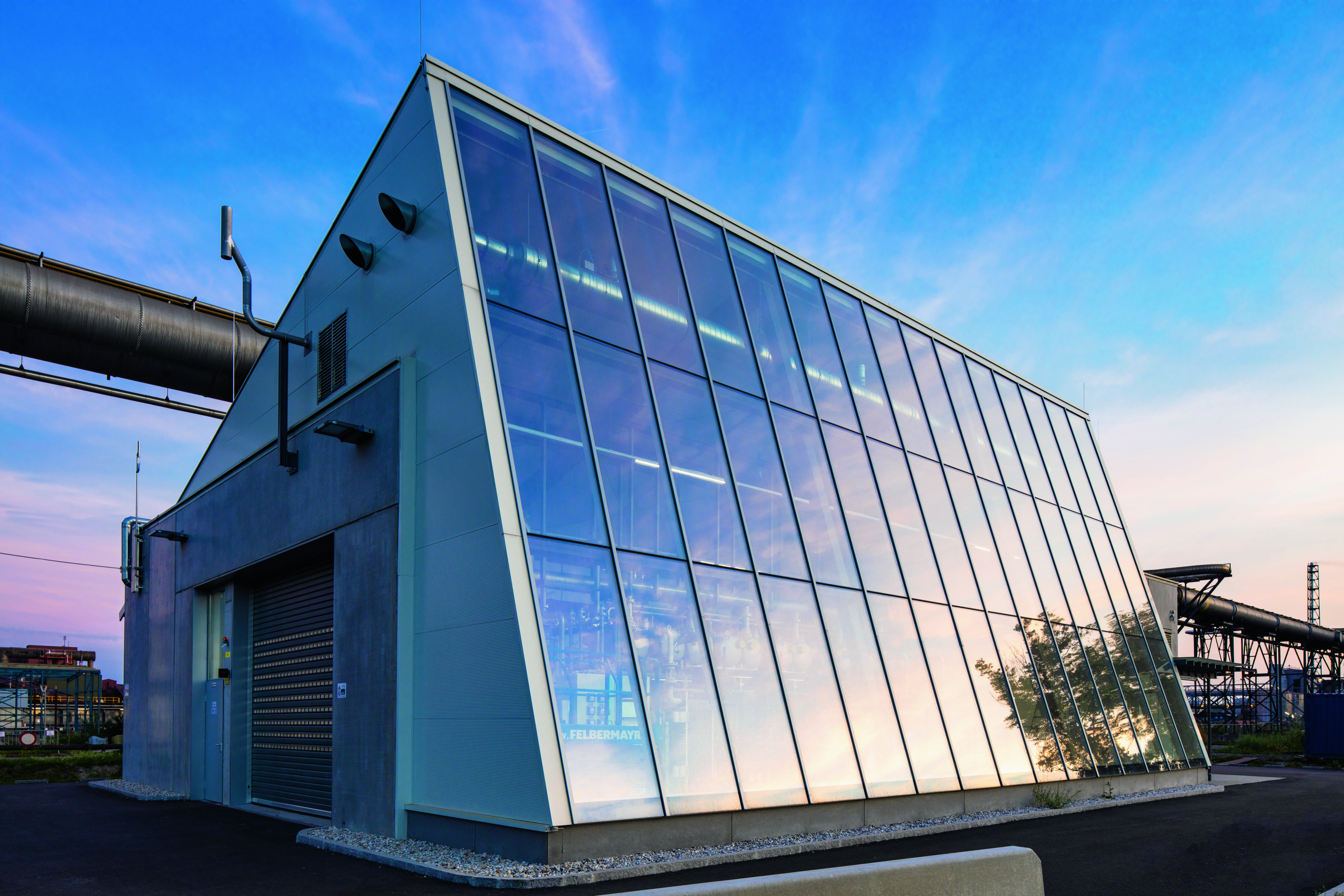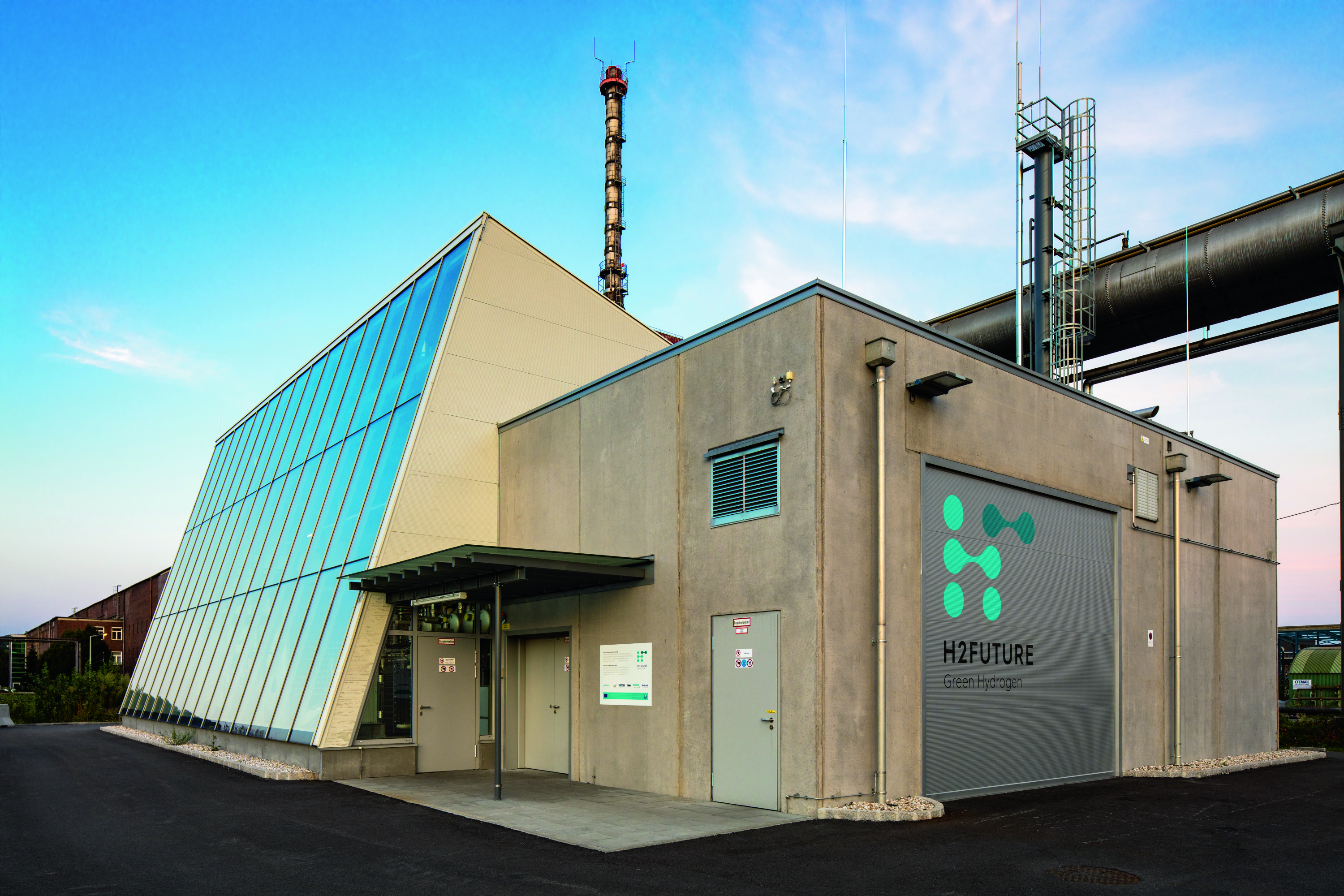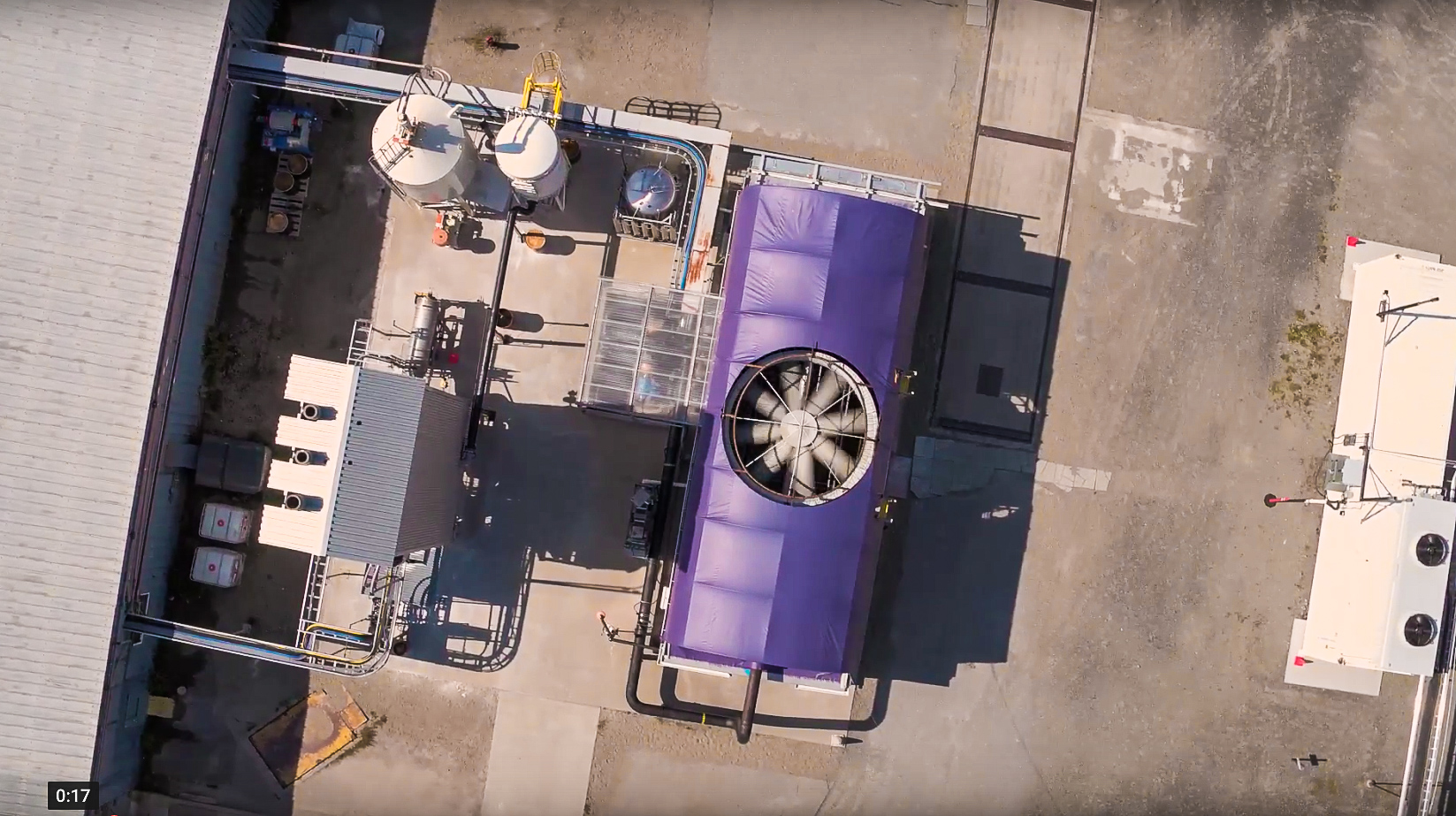How falling solar costs have renewed clean hydrogen hopes

The world is increasingly banking on green hydrogen fuel to fill some of the critical missing pieces in the clean-energy puzzle.
US presidential candidate Joe Biden’s climate plan calls for a research program to produce a clean form of the gas that’s cheap enough to fuel power plants within a decade. Likewise, Japan, South Korea, Australia, New Zealand, and the European Union have all published hydrogen roadmaps that rely on it to accelerate greenhouse gas reductions in the power, transportation, or industrial sectors. Meanwhile, a growing number of companies around the world are building ever larger green hydrogen plants, or exploring its potential to produce steel, create carbon-neutral aviation fuel, or provide a backup power source for server farms.
The attraction is obvious: hydrogen, the most abundant element in the universe, could fuel our vehicles, power our electricity plants, and provide a way to store renewable energy without pumping out the carbon dioxide driving climate change or other pollutants (its only byproduct from cars and trucks is water). But while researchers have trumpeted the promise of a “hydrogen economy” for decades, it’s barely made a dent in fossil fuel demand, and nearly all of it is still produced through a carbon polluting process involving natural gas.
The grand vision of the hydrogen economy has been held back by the high costs of creating a clean version, the massive investments into vehicles, machines and pipes that could be required to put it to use, and progress in competing energy storage alternatives like batteries.
So what’s driving the renewed interest?
For one thing, the economics are rapidly changing. We can produce hydrogen directly by simply splitting water, in a process known as electrolysis, but it's been prohibitively expensive in large part because it requires a lot of electricity. As the price of solar and wind power continues to rapidly decline, however, it will begin to look far more feasible.
At the same time, as more nations do the hard math on how to achieve their aggressive emissions targets in the coming decades, a green form of hydrogen increasingly seems crucial, says Joan Ogden, director of the sustainable transportation energy pathway program at the University of California, Davis. It’s a flexible tool that could help to clean up an array of sectors where we still don’t have affordable and ready solutions, like aviation, shipping, fertilizer production, and long-duration energy storage for the electricity grid.
Falling renewables costs
For now, however, clean hydrogen is far too expensive in most situations. A recent paper found that relying on solar power to run the electrolyzers that split water can run six times higher than the natural gas process, known as steam methane reforming.
There are plenty of energy experts who maintain that the added costs and complexities of producing, storing and using a clean version means it will never really take off beyond marginal use cases.
But the good news is that electricity itself makes up a huge share of the cost—upwards of 60% or more—and, again, the costs of renewables are falling fast. Meanwhile, the costs of electrolyzers themselves are projected to decline steeply as manufacturers scale up production, and various research groups develop advanced versions of the technology.
A Nature Energy paper early last year found that if market trends continue, green hydrogen could be economically competitive on an industrial scale within a decade. Similarly, the International Energy Agency projects that the cost of clean hydrogen will fall 30% by 2030.

Green hydrogen may already be nearly affordable in some places where periods of excess renewable generation drive down the costs of electricity to nearly zero. In a research note last month, Morgan Stanley analysts wrote that locating green hydrogen facilities next to major wind farms in the US Midwest and Texas could make the fuel cost competitive within two years.
A June study from the US National Renewable Energy Laboratory found it may be closer to the middle of the century before hydrogen is the most affordable technology for long duration storage on the grid. But as fluctuating renewables like solar and wind become the dominant source of electricity, utilities will need to store up enough energy to keep the grid reliably working not just for a few hours, but for days and even weeks during certain months when those resources flag.
Hydrogen shines in that scenario compared to other storage technologies, because adding capacity is relatively cheap, says Joshua Eichman, a senior research engineer at the lab and co-author of the study. To increase the length of time that batteries can reliably provide electricity, you need to stack up more and more of them, multiplying the cost of every pricey component within them. With hydrogen, you just need to build a bigger tank, or use a deeper underground cavern, he says.
Putting hydrogen to use
For hydrogen to fully replace carbon-emitting fuels, we’d need to overhaul our infrastructure to distribute, store, and use it. We’d have to produce vehicles and ships with fuel cells that convert hydrogen into electricity, as well as fueling stations along ports and roads. And we’d need to stack up fuel cells or build or retrofit power plants to use the fuel to power the grid directly.
All of which will take a lot of time and money.
But there’s another scenario that sidesteps, or delays, much of this infrastructure overhaul. Once you have hydrogen, it’s relatively simple to combine it with carbon monoxide to produce synthetic versions of the fuels that already power our cars, trucks, ships, and planes. The industrial process to do so is a century old and has been used at various times by petroleum-strapped nations to make fuels from coal or natural gas.

Carbon Engineering, based in Squamish, British Columbia, is developing facilities that capture carbon dioxide from the air. The company plans to combine it with carbon-free hydrogen to make synthetic fuels. The idea is that the fuel will be carbon neutral, emitting no more carbon dioxide than was removed or produced in the process.
In a presentation at a Codex conference late last year, Carbon Engineering founder and Harvard professor David Keith said that falling solar prices should enable them to bring “air-to-fuels” to market for about $1 a liter (around $4 per gallon) in the mid-2020s–and that the price will continue to fall from there.
“The big news here is that this could be done with commodity hardware starting soon,” he said. “You could get to something like a million barrels a day of air-to-fuels synthetic hydrocarbon capacity, I think, soon after 2030, and after that there’s no obvious scaling limit.”
In effect, the process provides a way to convert fleeting, fluctuating solar power into permanently storable fuels that can fill the tanks of any of our machines. “This is about an energy pathway to … deal with the intermittency problem and deal with it in a way that allows you to power high-energy density needs around the world; allows you to fly airplanes across the North Atlantic,” Keith said.
Deep Dive
Climate change and energy
The problem with plug-in hybrids? Their drivers.
Plug-in hybrids are often sold as a transition to EVs, but new data from Europe shows we’re still underestimating the emissions they produce.
Harvard has halted its long-planned atmospheric geoengineering experiment
The decision follows years of controversy and the departure of one of the program’s key researchers.
Why hydrogen is losing the race to power cleaner cars
Batteries are dominating zero-emissions vehicles, and the fuel has better uses elsewhere.
Decarbonizing production of energy is a quick win
Clean technologies, including carbon management platforms, enable the global energy industry to play a crucial role in the transition to net zero.
Stay connected
Get the latest updates from
MIT Technology Review
Discover special offers, top stories, upcoming events, and more.